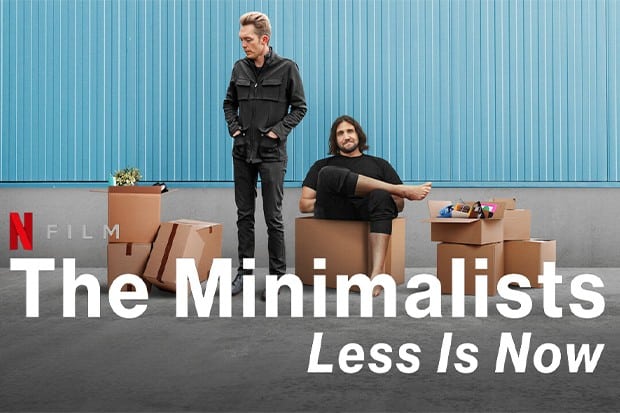I’m a smart woman who understands that the pretty high-collar blouse I’ve been eyeing is not really going to enhance my life, or make me feel better. And yet, I can’t stop looking at it.
I catch myself revisiting the photos of the blouse on the shop’s carefully curated Instagram account. Sometimes I gaze at it while sipping my morning coffee, other times while lying in bed, face aglow from the screen of my phone, like a moth on a streetlamp.
The woman who wears this blouse has a striking jaw line and glimmering blonde hair. She is much younger than me, and when I look at her I think, “You are regal. And I will be regal too, if I get this blouse.” Then I begin to imagine it arriving on my doorstep, wondering if it will come wrapped in delicate tissue paper. When I unwrap it, will the act of doing so elicit a pleasurable tingle? Then I tell myself, “It’s a blouse! Calm the fuck down.” And then I consider how I let myself get so carried away with my blouse fantasy.
I know I’m not alone. It may not be clothes for you, but maybe you accumulate makeup, books, or some incredibly specific collectible that brings you warm nostalgic feelings. “Anything you can get, you can now get on your doorstep in 24 hours,” says Anne Leonard, Executive Director of Greenpeace America. “Corporations, and the drive for corporate profit, is absolutely behind the addiction to stuff in this country. We’re either going to change by design or disaster.”
Leonard is one of the many experts featured in the affecting new Netflix documentary, Minimalists: Less is Now. January is always ripe with these types of docs that force us to examine our habits (remember when the entire world tried to ‘spark joy’?), but Minimalists goes deeper. Not only does it explore the why behind our obsession with stuff, but also examines how technology, and specifically predictive advertising, feeds this obsession.
“People are reaching outside of themselves to help make themselves feel better. They are numbing out on that,” says Money Coach, Linda Parmar, who refers to this unhealthy pattern as “trying to buy good feelings”.
Parmar specializes in financial recovery, or helping people solve problems with money choices, patterns, and the day-to-day management of money issues. Shopping (and the accumulation of stuff) is an issue that many of her clients struggle with. “That feeling when the package arrives starts a pattern of just wanting the package; I call them bundles of shame that arrive on your door.”
If that resonates, Parmar advises setting weekly boundaries with money, or avoiding certain pitfalls altogether, like e-commerce sites that you frequent often. She also encourages clients to swap their form of payment from credit card to a checking account, to help prevent overspending. But changing these patterns also involves some deep soul searching: “Sit with the feelings that come up and try to figure out what’s really going on and ask yourself: ‘What’s really going on when you think you need something? What are you running away from when you are trying to purchase all that stuff?’ Question your needs versus your wants.”
For minimalists Joshua Fields Milburn and Ryan Nicodemus, the bestselling authors championing the movement and the main subjects of Minimalists: Less is Now, the need, or void, traces back to childhood. In the doc, each of them share heartbreaking life chapters that played a role in feeding their insatiable hunger for more—before they made the move to less.
Minimalism is not just about saving money, but about finding purpose and fulfillment from within. “What a beautiful movement! It’s an opportunity to let go of all the distractions, because stuff is a distraction,” says Parmar, “I think it’s also a perfect opportunity to sit with yourself, and it’s going to also be better for the world, in general.”
It only took a few minutes of looking through my closet to rekindle my love for a few forgotten shirts. The blouse was oh-so pretty, but I had enough…more than enough.



 Follow Us On Instagram
Follow Us On Instagram
